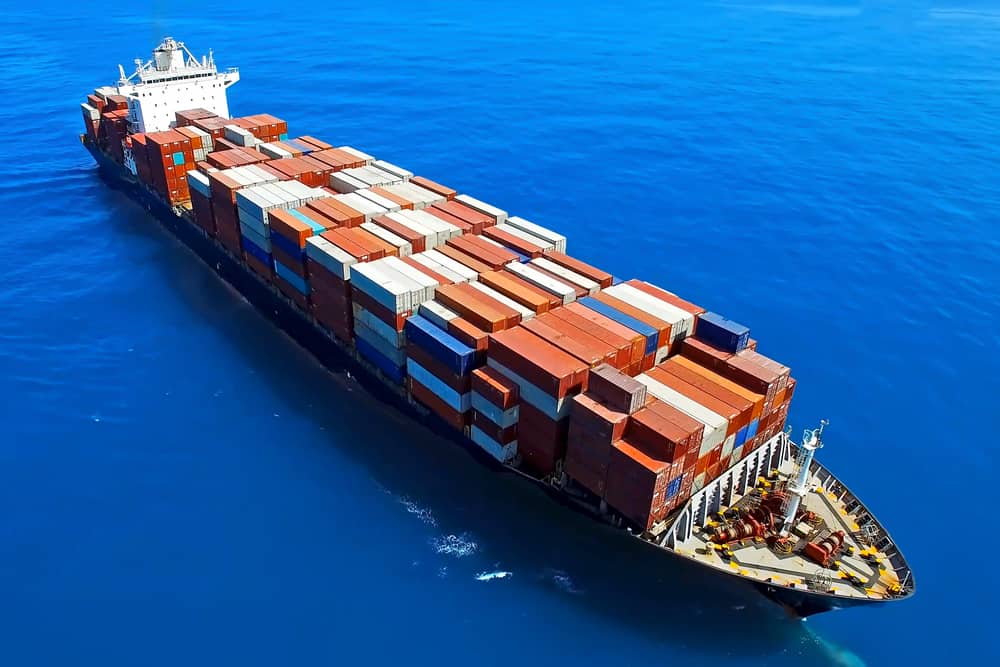Every year, the shipping industry experiences new challenges, whether it is the new tariffs from certain origins, shipping companies exiting the industry, or shippers getting acquired by bigger ones. This year, it seems the shipping industry is experiencing multiple headwinds which seem to be a big problem for the industry in general.
Of course, the biggest problem so far this year is the coronavirus outbreak.
My colleagues already wrote multiple articles about the effects of the coronavirus in detail, but here’s a brief summary. The coronavirus started in China’s Hubei province and in less than a month it affected all manufacturing in China, as well as other destinations. Since we are living in an interconnected world now, many countries where production shifted like Vietnam also depend on raw materials exported from China. So, China closing certain areas is indirectly affecting the products coming from other countries, too.
Another side effect of the coronavirus is the trucking challenges in China.
Some factories are located far from the ports where inter-province transportation is needed. So, by limiting the crossing between provinces, there are delays in shipping the products. One last problem is the problem of labor. Some areas are still under quarantine in China and some specialized workers are stuck in their hometowns. This creates a problem for factories that manufacture products that need specialized labor, since part of the manufacturing process needs those workers where you can not train new ones with the same skill. This creates a bottleneck in production.
One piece of good news we are hearing now is that things are slowly getting better in China, where manufacturing is back to the 60-70% level and the trucking situation is back to 70-80% level. The expectation is that by mid-March or so, things should be close to 100%.
As China is catching up with the production by slowing the effects of the virus, other countries just started to feel the effects now.
For the last couple of days, U.S. stock and equity markets lost more than 10% of their value, with no stabilization appearing to be in horizon. At the beginning of the year, decent growth was expected in the U.S.: somewhere around 3% more or less. After the steep declines last week, Goldman Sachs warned that U.S. companies will generate no growth this year. Goldman analysts also noted that they expect severe decline in Chinese economic activity, lower demand for U.S. exporters, disruptions in supply chains, and high levels of uncertainty. What is worrisome is that, so far, consumer spending was the driving factor of orders and once consumer demand is affected, a domino effect will start.
For the shipping industry, coronavirus worries mean that carriers will further limit their sailings.
Carriers already have been doing so for the last couple of weeks and more cancellations may happen if demand falls. Since many vessels from Asia skipped their sailings and did not call to U.S. ports as frequent as they did before, it is also affecting the U.S. export market, where BCOs are having a hard time finding space.
Another new development is that PIL, a small but low-cost carrier, has said it is stopping its Transpacific service in March, while Wan Hai Lines also advised it is planning to withdraw some of its services in Northern and Mid-China, too. This means there will be fewer sailings from certain origins.
This year, carriers have higher fuel and operating costs due to adoption of the IMO 2020 regulation.
With the IMO 2020 regulation and the space constraints that I mentioned above, it is crucial for every importer to utilize NVOCCs so that they can find the necessary space. With China manufacturing hitting close to 100% by mid-March, and many importers having back log orders, it is reasonable to assume higher rates this year.
In 2010, shipping companies were quite successful in limiting the space from Asia where shipping rates almost doubled the contract rates. Because of the challenges mentioned above, we might see big rate changes this year.




